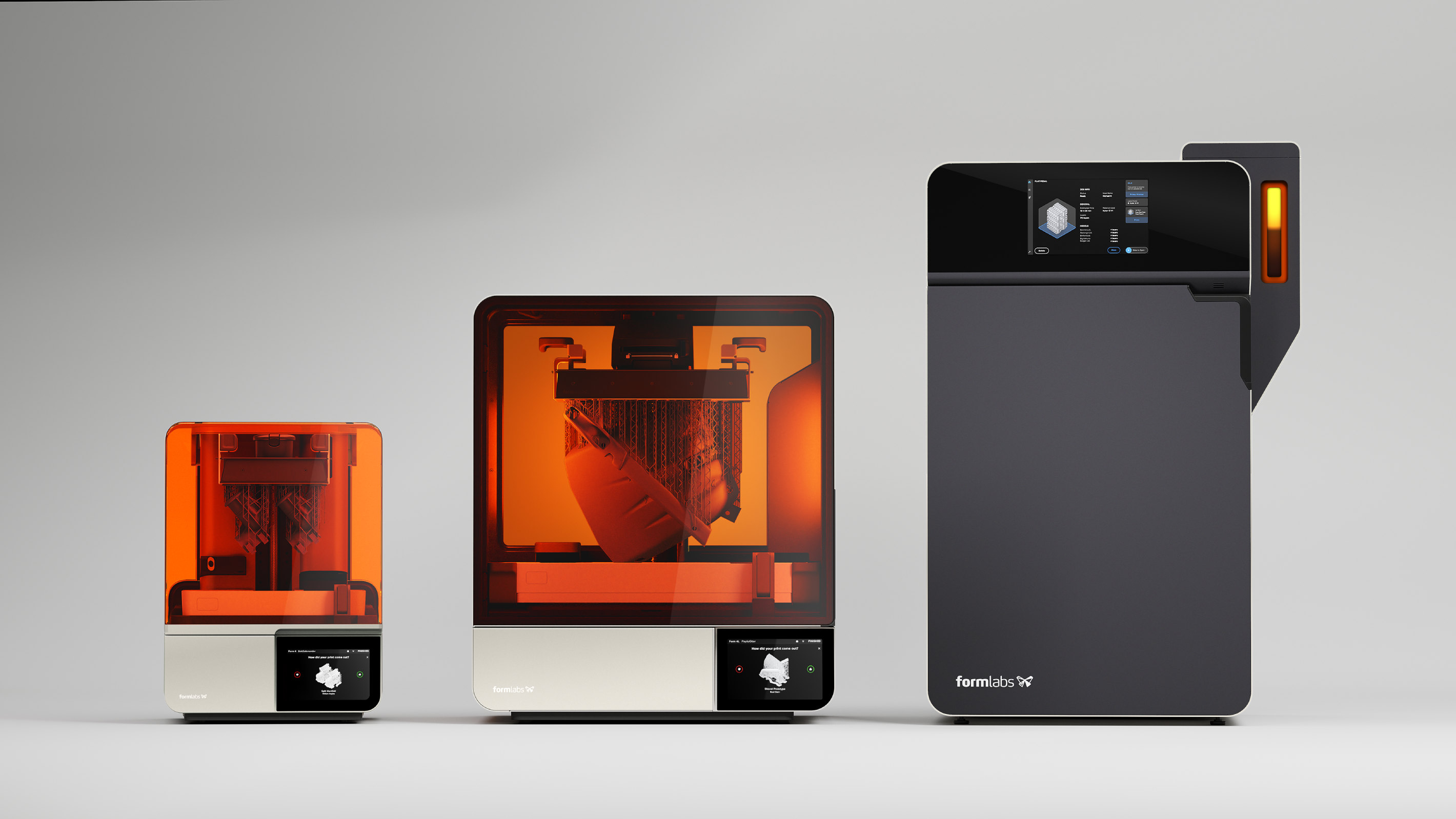 Ford House, Visitor Center in Grosse Pointe Shores, Michigan
Ford House, Visitor Center in Grosse Pointe Shores, Michigan
I recently attended Innovation Unleashed: AI, Additive Manufacturing, and Cybersecurity Shaping Industry 4.0, a Michigan event hosted by Integr8 at the Ford House Visitor Center. I joined local Grosse Point expert, David Tucker, to bike to the venue! The wind was against us the whole way, but the views of beautiful homes along Lake Short Rd made for a great journey.
 Biking route from Grosse Point to Ford House, Grosse Pointe Shores
Biking route from Grosse Point to Ford House, Grosse Pointe Shores
It was great to see the local Detroit manufacturing community come together for real conversations about where things stand today, where progress is stalling, and how real forward movement might happen—by better connecting technology, talent, and execution. Here are a few key themes that stood out.  Sprint Mixer including Panel Experts from the Sponsors above
Sprint Mixer including Panel Experts from the Sponsors above
1. Workforce: What's Missing?
The panel kicked off with workforce development. Manufacturing companies have open roles—how do we fill them? Is it a pipeline issue, a training gap, or something else entirely?
From my perspective, a major challenge is the lack of manufacturing career exposure in high school and college—whether that's awareness of available roles, career paths, or advancement opportunities. Thinking back to my 18-year-old self, I only felt confident pursuing education tracks that have been discussed by parents or family friends.
One suggestion that stood out was "pair programming" for manufacturing—a technique borrowed from software development where two collaborators with different skill levels or specialties work side-by-side. The approach helps both people improve while also delivering better results. The result isn't just stacking—it's skill multiplication. So, how can this model be practically implemented in manufacturing and engineering environments?
2. AI: Making Use of Internal Data
Most manufacturers have an invaluable resource of data at their fingertips. The real challenge lies in structuring it, harnessing it, and putting it to work. A key takeaway from the discussion: operational data might be the most valuable asset a manufacturer owns—but it only delivers value when mined, analyzed, and acted on, securely.
Quick aside: I'm also attending the Automate Show in Detroit this week. On the first day, I joined a talk with Nvidia and Vention, focused on their latest AI + vision system integrations. As someone new to concepts like RGB-D vs. lidar and the broader world of vision systems (which even connects to autonomous vehicles), it was a fascinating session.
3. Additive Manufacturing: Still on the Launchpad
At the last two trade shows, several attendees shared the view that additive manufacturing can't yet support production-scale manufacturing. While that may be true in some cases, there are still plenty of opportunities worth exploring. So why does the shift from prototyping to production still feel like a crawl?
Key barriers to adoption include inconsistent print quality across batches, a lack of widely accepted qualification frameworks, and limited scalability in current workflows.
One recurring idea from the panel came from Brenda Jones, CEO of Ulendo: the tradeoff in 3D hardware between going broad versus deep. Flexible, general-purpose machines offer adaptability—but may sacrifice speed or precision. In contrast, niche machines are highly optimized for a single job but tend to come with higher costs and less flexibility.
Should hardware manufacturers focus more deeply on specific applications and dial in their processes? Or is there still a viable place for jack-of-all-trades systems in production environments?
One example is SLA-based systems like Asiga print pods used in dental offices—a great use case of purpose-built technology. But can this same strategy be applied to other industries?
My instinct says there are only a few applications or industries where the opportunity is big enough to justify deep R&D into a specialized printer. But here's the counterpoint: is today's general-purpose technology actually falling short for the needs that already exist? Are key applications being under-served because the tools weren't designed for them?
What's Your Take?
Are similar trends showing up in your experience?
Let's keep the conversation going—reach out at sjetton@m5d.com or connect with me on Linkedin





